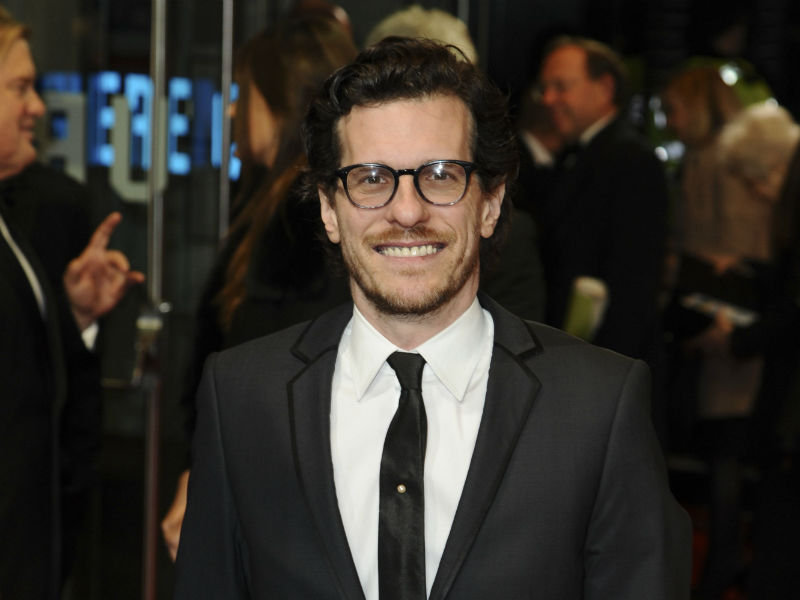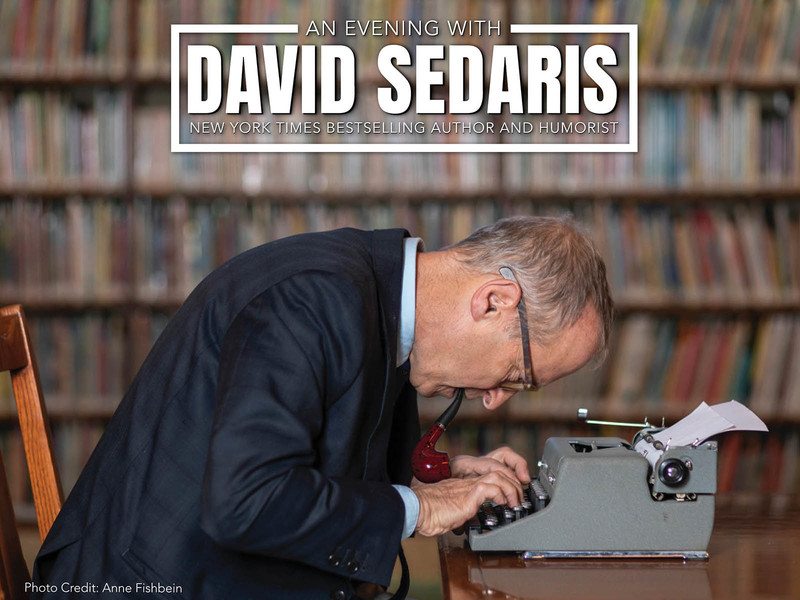To call a book by Caldecott Medal winning author and illustrator Brian Selznick simply a book feels wrong. In both story and execution, his works – like the award-winning "The Invention of Hugo Cabret" and the newly released "The Marvels" – are more like lovingly hard-carved puzzles, less simply written than carefully crafted with different parts and pieces – some words, some drawings and a lot of imagination.
His craze for craftsmanship makes sense considering Selznick’s preferred subject matter seems to be exactly that: crafts and inventions and machines and intricate worlds of pulleys and levers and carefully designed pieces and parts all working together in harmonious perfection. Martin Scorsese brought some of that clicking and ticking imagination to the big screen with 2011’s Oscar-nominated "Hugo," but Selznick’s books rarely needed the help in coming to gorgeous visual and imaginative life.
Take for instance his latest – the story of runaway boy solving a mystery within a family of old theater performers – which leaps from century to century with the help of, yes, prose, but also pages upon pages of pencil sketches.
So what makes the man behind these ticking literary contraptions tick himself? OnMilwaukee chatted with the author before his Milwaukee appearance on Monday, Oct. 12 at Alverno’s Pitman Theatre to find out.
OnMilwaukee: I’m a big movie buff, and I loved the movie "Hugo," based on your book. When did you find out that it was going to adapted into a film, and not only adapted into a film, but by Martin Scorsese?
Brian Selznick: I was really shocked when I got the email. His name was certainly not one that I would’ve thought of, but as soon as it was mentioned, I realized he was perfect. Besides the fact that he’s one of the greatest directors of all time, he’s also a film historian and has so many parallels with different characters in the story, so I was really beside myself.
OnMilwaukee: Were there any concerns about Scorsese, considering he’s not exactly known for kid-friendly fare and that his voice might overtake your voice in the story?
Selznick: No, my gosh. I was so honored that Martin Scorsese had even read my book and that he thought it would be something that he would want to undertake. I knew that it was about the thing that he loved most – film – and of course he’d made movies with very sensitive portraits of children in them previously. I knew he would make a movie that was not condescending, that it was going to be a real serious film and that he was going to be experimenting with something new. The same way I experimented with something new when I made the pictures, he was going to make a movie in 3-D, which he had never done before. So that was really wonderful too.
OnMilwaukee: What was the inspiration for "The Marvels"?
Selznick: There was a theater in London that I had fallen in love with about 10 or nine years ago called Dennis Severs’ House, which is still kept as if it’s still the 18th and 19th centuries. It really feels like you’ve fallen back in time when you enter through the front doors. So as I talked to my friend David Milne, who’s the curator there, I realized that there were a lot of elements from his own life, as well as the life of the real Dennis Severs, that were really dramatic and seemed like they had come right out of a book that I had made up. So I started to use those stories to create "The Marvels."
OnMilwaukee: What is it about these old storytelling techniques really interests you as a writer?
Selznick: I’m not sure. I think they’re just the ones I’m most drawn to. I grew up making things and drawing pictures and I like doing things with my hands and holding a pencil and building things and making objects out of clay. I respond most to art forms where you can see the hand of the artist.
I’ve never been very interested in making work on the computer for myself, so the other techniques that seem to be more hand-done, like the old movies where you could see the special effects were made by hand and cutting the film with a pair of scissors and making models and stop-motion animation or machinery where you can see each individual piece of machinery that’s been cut and fitted by hand. Computers are sort of like magic boxes for most people, where we have no idea how they really work and they have endless capabilities, but a clock does one thing, and a television does one thing, and an automaton does one main thing. It’s those that draw me in.
OnMilwaukee: What for you takes longer: the writing process for one of these books or the drawing process?
Selznick: The drawing definitely comes easier in a lot of ways, because I was trained as an artist, and I think visually. It feels like I spend a lot more time working on the prose to make sure that I’ve chosen all the right words and I have structured the sentences and the story the way I want to. That feels a little tougher than understanding how a visual story unfolds.
OnMilwaukee: You also created a trailer for this book. Where did the idea for that come from?
Selznick: I’ve worked as a professional puppeteer for a long time, sort of parallel with my work as an illustrator and bookmaker. When Scholastic approached me about maybe having a book trailer for "The Marvels," I thought it would be fun and also historically accurate to make the book trailer as a kind of miniature toy theater that I would build out of elements of my drawings from the book.
There’s some special effects and computer generated waves or snow, but almost everything else you see if performed live in front of the camera with moving pieces of cardboard and little tracks on the back and a little wire hanger machine that makes cardboard ocean turn. I thought by using all of these different techniques – mostly 18th and 19th century stage techniques, recreated on a small scale with cardboard, wire hangers and paper – it might be able to get across the feeling of what the book is going to be.
As much as it is a gigantic cliché to say that one has always had a passion for film, Matt Mueller has always had a passion for film. Whether it was bringing in the latest movie reviews for his first grade show-and-tell or writing film reviews for the St. Norbert College Times as a high school student, Matt is way too obsessed with movies for his own good.
When he's not writing about the latest blockbuster or talking much too glowingly about "Piranha 3D," Matt can probably be found watching literally any sport (minus cricket) or working at - get this - a local movie theater. Or watching a movie. Yeah, he's probably watching a movie.






